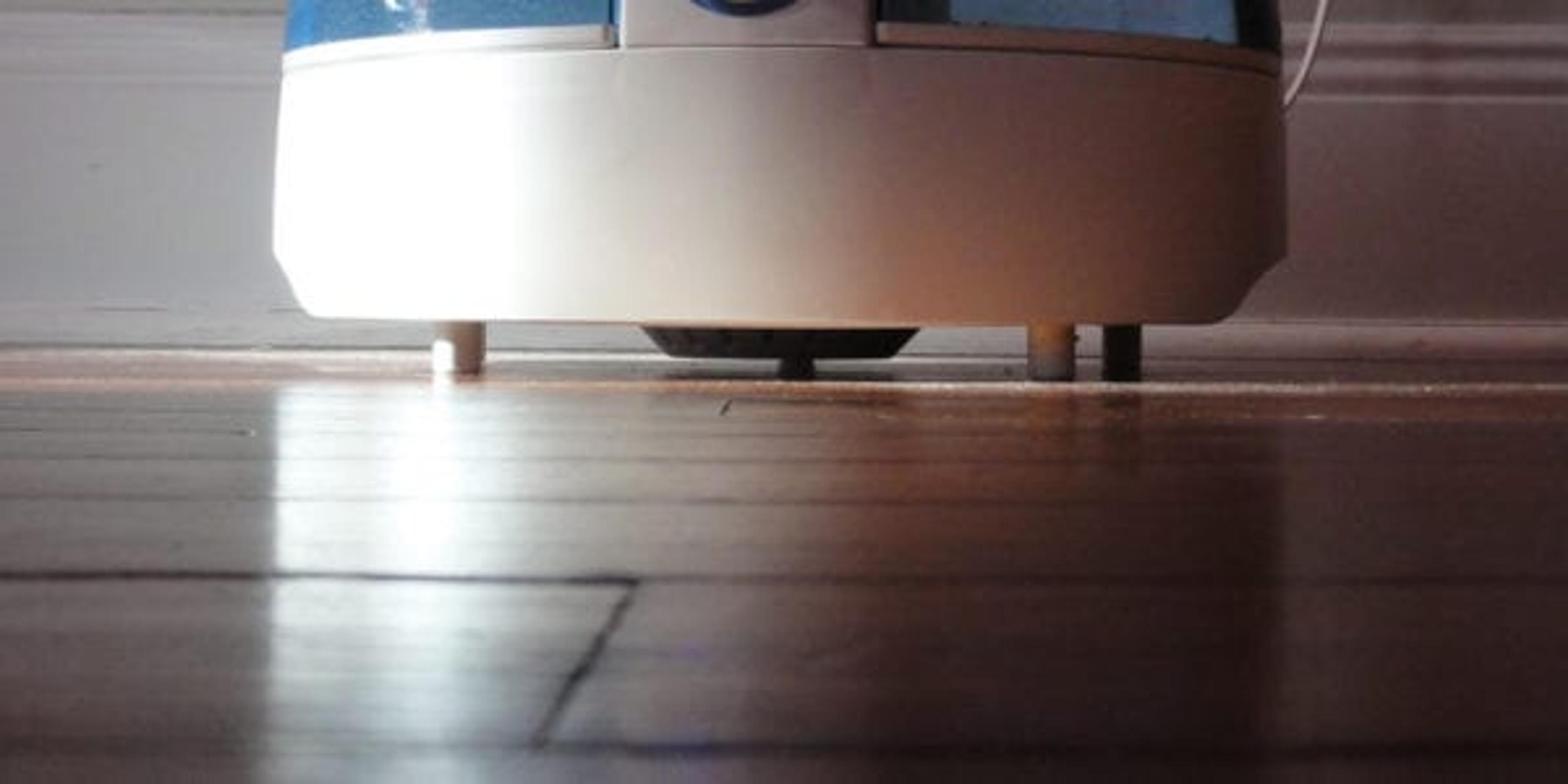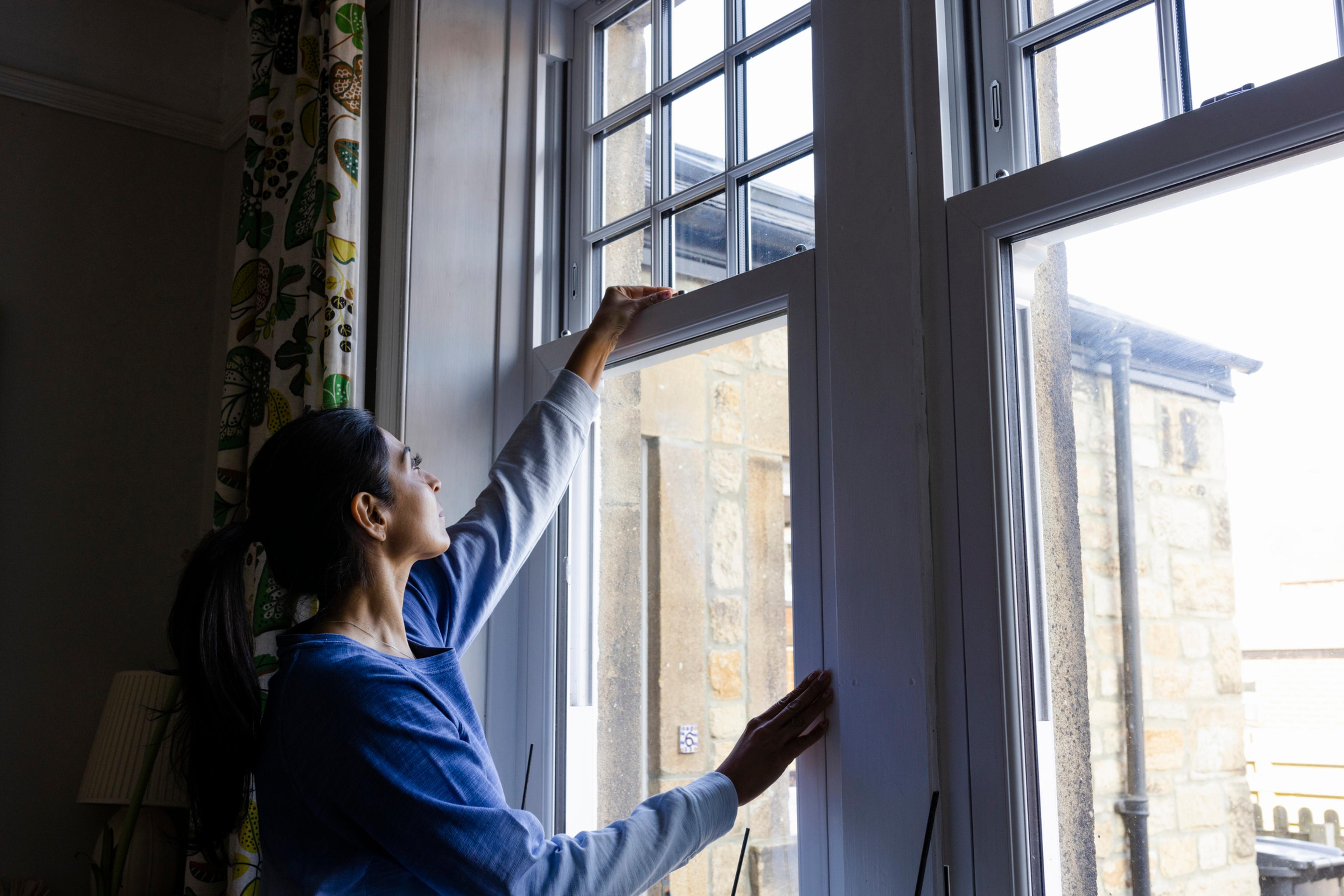Are You Using (and Cleaning) Your Humidifier Correctly?
| 3 min read

Dry winter air can mean cracked or flaky skin, itchy eyes and painful sinuses—not to mention waking up in the morning feeling like you slept in a food dehydrator. But all of that can change with a humidifier. The simple machine adds moisture to the air, keeping the humidity level in your home in the ideal 30 to 50 percent range. But there can be too much of a good thing and using the humidifier incorrectly can actually do more harm than good. Here’s how to make sure you’re doing it right:
- Know your home’s humidity. A hygrometer, available at hardware stores, tells you the humidity level so you can make sure you’re not adding too much moisture to the air. The danger of going over the 50 percent range is that it can lead to condensation, causing mold and bacteria to grow, which can trigger respiratory problems like allergy symptoms and asthma flare-ups.
- Steam it up. If the humidifier is not cleaned regularly, mold, fungus and bacteria can grow in the reservoir or filter. Not only is it gross, but the contaminated vapor can cause flu-like symptoms or even lung infections, making it especially bad for people with asthma or allergies. Steam vaporizers may be less likely to release airborne allergens than cool-mist humidifiers—but avoid them if you have young children, since the hot water inside can cause burns.
- Fill with the right water. Natural minerals in tap water can create deposits inside your humidifier that promote bacterial growth. Instead, use distilled water, which has a lower mineral content. And if there’s water left in the reservoir in the morning, empty it out and refill it with clean water.
- Clean it regularly. You should always clean the humidifier when you get it out for the season and before you put it away in storage, but you should also clean it every three days if it’s used regularly. Check your owner’s manual, as some recommend using hydrogen peroxide, vinegar or a bleach solution to kill germs (just make sure you completely rinse it out afterwards so that you don’t inhale bleach remnants when you restart the machine). You’ll want to follow your manual’s specific instructions, but if you don’t have it, try this cleaning method: Separate all of the humidifier’s parts, soak them in vinegar, scrub build-up with a bottle brush or old toothbrush and rinse it three times with water before letting it dry completely.
Humidifiers aren’t the only way to improve the air quality inside your home. Try adding more houseplants to remove toxins.
If you liked this post, you might like these other blogs:
Photo credit: Bart Everson





